Can Coffee Beans Be Stored in a Grinder Hopper?
2024-07-11 13:43:15
Coffee darlings consistently store their coffee beans in a processor holder. This procedure gives you inward feeling of harmony since it permits you to rapidly get into new spots as needs be. However, there are a few things to think about to keep the beans fresh and of high quality. In this blog, we will discuss the outcomes of putting away espresso beans in a processor container and give ideas for making this capacity strategy work best.
How Long Can Coffee Beans Stay Fresh in the Hopper?
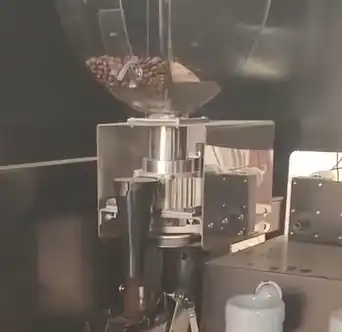
The Impact of Air Exposure
Espresso beans are perfectly delicate to openness to air, an element that fundamentally speeds up the oxidation cycle and rushes the beginning of lifelessness. Beans are naturally more susceptible to prolonged air contact when stored in an airtight container than when stored in a coffee bean hopper. Over time, this increased exposure may result in a gradual loss of freshness and a discernible decline in the overall quality of the coffee.
The course of oxidation starts following espresso beans are simmered. Beans undergo chemical changes during roasting that result in the production of aromatic oils and compounds that are responsible for the complex aromas and rich flavors of freshly brewed coffee. Nonetheless, once presented to air, these oils start to oxidize, separating and lessening in strength. As a consequence of this, the flavors that were once vibrant begin to fade, leaving behind a coffee that lacks the distinctive depth and nuance that are prized by enthusiasts.
There are a number of factors that can affect how quickly coffee beans go bad. Due to the fact that some hoppers may offer superior protection against air exposure than others, the hopper's design as well as its materials play a crucial role. The rate of oxidation and staleness can also be affected by ambient conditions like humidity and temperature. In hotter and more muggy conditions, oxidation will in general happen all the more quickly, further speeding up the disintegration of espresso beans put away in containers.
Normally, espresso beans put away in a container can start to lose their newness inside a couple of days to seven days, contingent upon the previously mentioned factors. It is essential to follow proper storage procedures in order to minimize this deterioration and maintain the quality of the coffee. Utilizing an impenetrable container is central, as it limits openness to air and keeps up with the beans' newness for a more drawn out period. Additionally, the beans can be shielded from environmental factors that contribute to staleness by storing the grinder in a cool, dry location away from direct sunlight.
Coffee enthusiasts can prolong the peak freshness of their beans and ensure a consistently high-quality coffee experience by placing airtight storage solutions and mindful environmental control at the top of their priorities. This approach safeguards the sensitive flavors and smells as well as upgrades the general satisfaction got from each cup prepared. In the end, it is essential to comprehend and control the effects of air exposure on coffee beans in order to maximize the potential of each roast and maintain the highest possible quality.
Maintaining Optimal Flavor
To maintain the optimal flavor of your coffee beans while they are in the coffee bean hopper, consider the following tips:
- Use Fresh Beans: Only store a small quantity of beans in the hopper that you plan to use within a day or two. This practice ensures that you are always using the freshest beans possible.
- Seal the Hopper:Use a hopper with a tight-sealing lid to minimize air exposure. Some hoppers come with built-in seals designed to keep the beans fresh for a longer period.
- Monitor the Environment: Keep the grinder away from heat sources, direct sunlight, and areas with fluctuating temperatures. These conditions can accelerate the staling process.
Regular Cleaning
To avoid the buildup of oils and residue from old beans, which can alter the flavor of fresh beans, it is essential to clean the coffee bean hopper on a regular basis. A quick wipe down with a damp cloth or a light cleaning solution can help keep the hopper clean and the beans in good condition.
Does Storing Beans in the Hopper Affect Grind Quality?
Changes in Bean Consistency
Over time, the consistency of beans can be affected by storing them in the coffee bean hopper. Beans can become harder and brittle as they age and lose moisture. This adjustment of surface can influence the drudgery quality, possibly prompting a conflicting toil size and influencing the extraction cycle during fermenting.
Adjusting Grind Settings
As the beans age, you may need to adjust the grind settings on your grinder to maintain a consistent grind quality. When compared to older beans, fresh beans typically require different grind settings. Regardless of whether you use a French press, drip, or espresso machine, calibrating your grinder on a regular basis will guarantee that you get the grind size you want.
Grinder Maintenance
\While putting away beans in the container, keeping your processor all ready is significant. The accumulation of residual oils and coffee particles can have an effect on the performance of the grinder as well as the flavor of your coffee. To maintain a consistent grind quality and prevent buildup, the grinder's burrs and hopper should be cleaned frequently.
Using a Hopper with a UV Filter
Certain containers contain UV channels to shield the beans from light, which can also have an effect on their consistency and quality. As a result of the light's transparency, utilizing a holder with a bright channel can assist with keeping up with the beans' decency and lower the gamble of defilement.
What Are the Alternatives to Storing Beans in the Hopper?
Airtight Containers
Using water/air proof holders is one of the most mind-blowing options in contrast to putting away beans in the container. The beans are safeguarded from light, dampness, and air by these holders, assisting with expanding their newness and flavor. When you are prepared to grind the beans, you can add a small quantity to the coffee bean hopper.
Vacuum-Sealed Storage
Vacuum-fixed limit is one more persuading strategy for saving espresso beans. The oxidation connection is basically diminished by vacuum fixing, which removes air from the limit environment. This method is ideal for long-term stockpiling because it helps preserve the beans' quality until you are ready to use them.
Bean Vaults
Bean vaults are explicit holders expected for coffee limit. They as often as possible go with one-way valves that grant CO2 to escape while holding air back from entering. Because they strike a good balance between convenience and freshness, bean vaults are an excellent alternative to storing beans directly in the hopper.
Portioning Beans
Beans can be kept fresher by dividing them up into smaller containers that can be used every day. Your beans will spend less time in the air each time you open a container if you divide them into single-use portions. You'll always have fresh beans ready to grind and brew with this method.
Freezing Coffee Beans
The subject of freezing espresso beans is easy to refute, however whenever done accurately, it very well may be a helpful technique for keeping them new. Put the beans in a vacuum-fixed, impermeable sack to freeze them properly. The frozen beans should be brought up to room temperature before being ground until you are ready to use them. This method may assist in maintaining the beans' quality if you purchase large quantities.
Conclusion
Coffee beans can be conveniently stored in a grinder hopper, but careful handling is required to ensure their quality and freshness. You can benefit from your espresso assuming you know what openness to air means for it, focus on the nature of the drudgery, and think about other capacity choices. By observing these rules, you can guarantee that your espresso beans stay new and delightful paying little mind to how you store them.
References
1. Coffee Confidential. (2023). "Coffee Storage: Keeping Your Coffee Fresh." Retrieved from https://coffeeconfidential.org
2. Perfect Daily Grind. (2023). "How Long Do Coffee Beans Stay Fresh?" Retrieved from https://perfectdailygrind.com
3. Coffee Geek. (2023). "The Ultimate Guide to Coffee Bean Freshness." Retrieved from https://coffeegeek.com
4. Home Grounds. (2023). "Best Practices for Storing Coffee Beans." Retrieved from https://homegrounds.co
5. Serious Eats. (2023). "How to Store Coffee Beans to Keep Them Fresh." Retrieved from https://seriouseats.com
6. Sprudge. (2023). "The Science of Coffee Bean Storage." Retrieved from https://sprudge.com
7. Bean Box. (2023). "How to Store Coffee Beans: Tips for Freshness." Retrieved from https://beanbox.com
8. Blue Bottle Coffee. (2023). "Coffee Storage: What You Need to Know." Retrieved from https://bluebottlecoffee.com
9. Coffee Review. (2023). "Maximizing Coffee Freshness: Storage Tips." Retrieved from https://coffeereview.com
10. National Coffee Association USA. (2023). "How to Store Coffee Beans for Maximum Freshness." Retrieved from https://ncausa.org
Send Inquiry
Related Industry Knowledge
- What are the specifications needed for the vending machine?
- What Does Coffee Boiler Mean?
- How much of a difference does a coffee grinder make?
- How Much Torque Is Needed for a Coffee Grinder?
- Does a better grinder make better coffee?
- What Factors Should You Consider When Choosing a Coffee Cup Dispenser?
- What is a mini PCIe used for
- What technologies are involved in upgrading the Vending Machine Board?
- How Do Coffee Vending Machine Mixing Systems Ensure Consistent Flavor?
- What is the mechanism of coffee vending machine?

.webp)

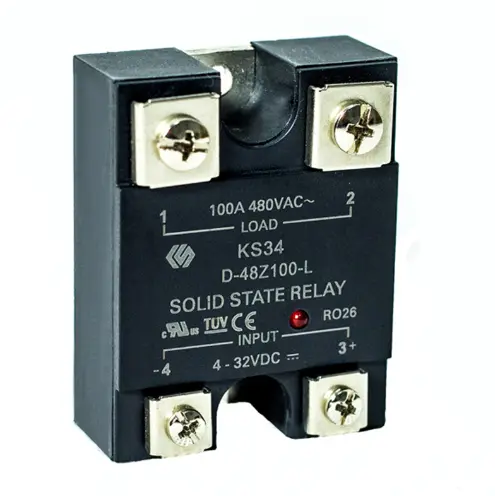
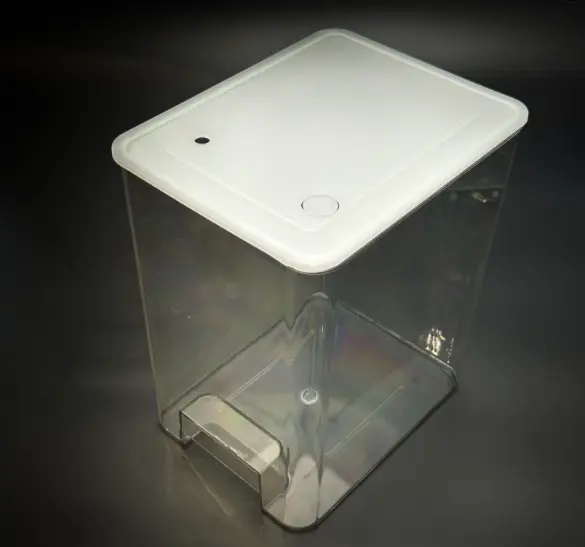
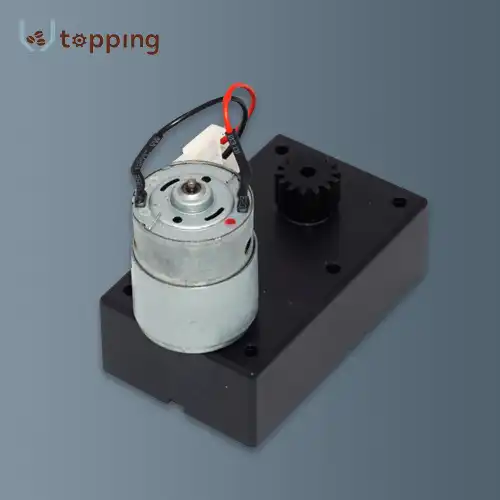

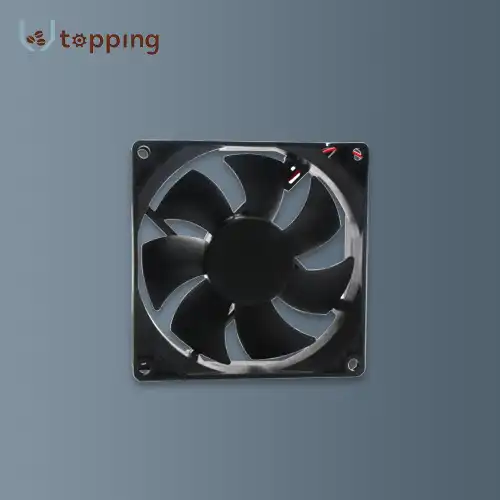
.webp)

